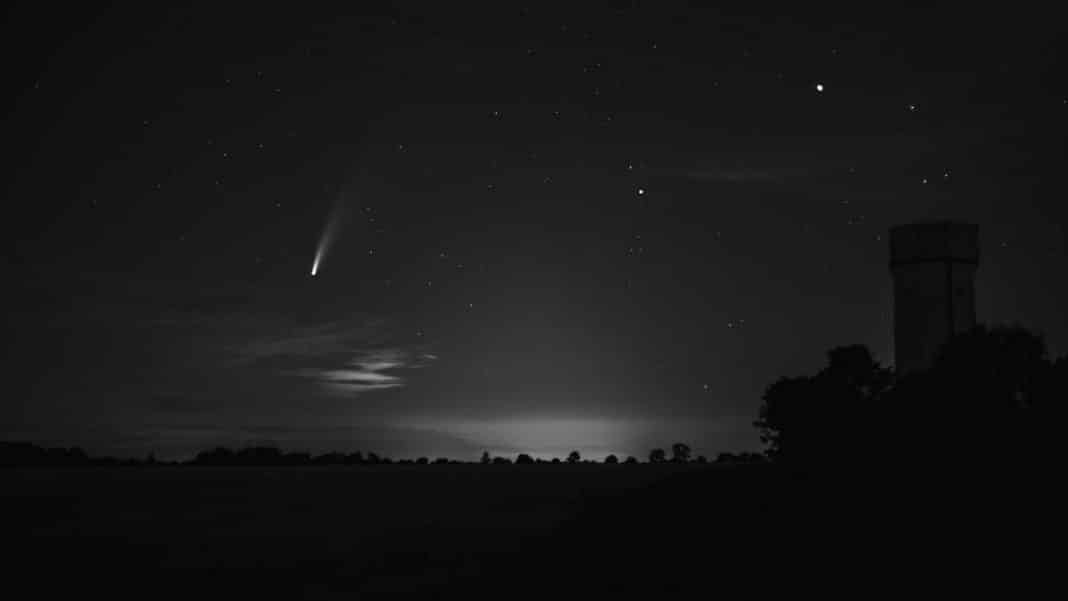The C/2023 A3 Tsuchinshan-ATLAS, can be easily seen these days with the naked eye by looking at the night sky. Since last October 12, it has been at its closest point to the Earth.
This comet, composed of ice and dust, is approaching the Earth by offering a spectacle that will not be seen again for thousands of years. Tsuchinshan is actually known as the “comet of the century”, and experts say it is visible every 85,000 years. So, skywatchers can’t miss the opportunity.
How and where to see it?
The best time to observe it will be this saturday, october 19 at sunsetstarting at 8 pm. To do this, one should look to the west. Also on Sunday 20 it will be easy to see.
In addition, weather conditions over the weekend promise to be ideal for amateur photographers to capture images, as interference from lunar light will be minimal after the passage of the full moon.
Since October 12, the comet has been visible to the naked eye in the northern hemisphere, showing a luminous tail stretching across the firmament.
It is best to look for a place with little light pollution and a clear horizon to get the best possible view.
In addition, although the comet will be visible to the naked eye, the use of binoculars may allow us to see the core and its intense tail in more detail and enhance the experience.
A comet of intense luminosity
Discovered in January 2023 by telescopes at the Tsuchinshan Observatory in China and confirmed by the ATLAS project in South Africa, comet Tsuchinshan-ATLAS has been dubbed the ‘comet of the century’ due to its exceptional brightness and the rarity of its trajectory.
It is estimated that its last visit to the inner solar system occurred about 80,000 years ago, at a time when Neanderthals inhabited the Earth.
Comet Tsuchinshan-ATLAS has surprised astronomers and amateurs by its intense luminosity. This characteristic is measured by stellar magnitude, a scale that determines the brightness of celestial objects.
The comet has already been captured these days in different parts of Spain.
The tail of the comet of the century reaches a length equivalent to the diameter of 42 full moonsa spectacle that few astronomical phenomena can match.
Tsuchinshan-ATLAS has been compared to historic comets such as Hale-Bopp and Hyakutake, which in the 1990s left a deep impression on those who observed them. Comet Hale-Bopp, in particular, was so bright that it could be seen even during the daytime with the aid of telescopes.

